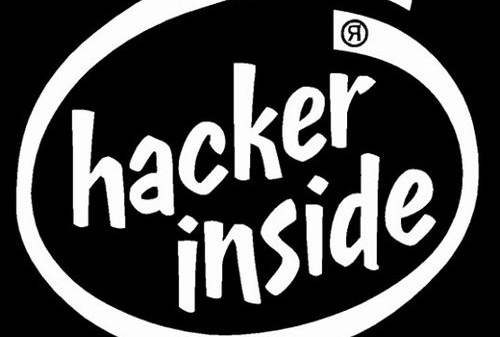A voting fraud case looms in the crucial swing state of Ohio, as election watchdogs demand answers about new “experimental” software discreetly installed on election machines at the direction of Republican Secretary of State Jon Husted.
Husted argues that the vote tabulation software couldn’t be used to influence the outcome of the election and was just a simple patch to facilitate vote counting. But the suit asserts that the untested software was installed suspiciously close to Election Day and that it could be used as a back door to partisan tampering. “A case of deliberate tampering of that data using uncertified, untested software would be child’s play,” explains a court Affidavit by election integrity expert, Jim March.
The entire case is a partisan free-for-all. The suit is brought by Bob Fitrakis, editor of FreePress.org and Co-chairman of the Ohio Green Party. Fitrakis alleges that the Secretary of State rammed through unvetted software based on a legal provision that allows so-called “experimental” software to be installed without testing by government agencies. “Our position is we don’t know what’s in [the software], but it seems to violate state law and federal law,” argued Fitrakis. “Under Ohio law, it’s supposed to be tested by the Ohio board of voting machine standards.”
Husted explained to CNN’s Don Lemon, “The reporting system and the counting system are not connected in any actual way. And the results that anybody can get at home on their computer are — they’re going to get them at the same time that I do on election night. So we have a very transparent system.”
Yet, according to the affidavit, the software has access to critical parts of the vote-counting process. “Their custom application…would have full contact with the central tabulator database on both a read and write basis, while running on the same computer as where the ‘master vote records’ (the central tabulator database — the ‘crown jewels’ of the whole process) are stored.”
The court has heard oral arguments and will be issuing a decision on the case during voting hours today. More technical details (and some hacking hyperbole) on the case are provided in a Salon article here.
